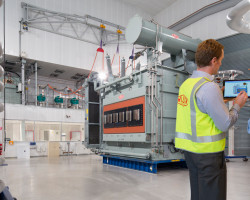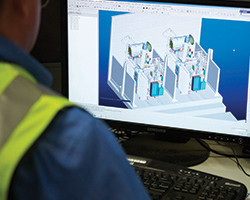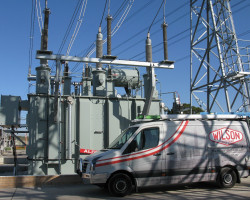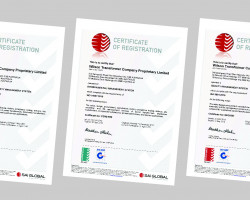Wilson Transformer Company have extensive experience in designing power and distribution transformers according to Australian and/or International Standards including but not limited to AS2374, IEC60076, ANSI C57 and BS171.
All power transformers use circular, stacked step-lap cores. A range of winding types are used including layer for smaller power transformers, helix, multi-start helix tapping windings to reduce short circuit forces, and disc windings for larger power transformers.
Distribution transformers use proven non-circular wound or stacked step-lap cores to optimise performance and cost. For other than small distribution transformers and transformers with higher secondary voltages, the low voltage windings use sheet conductor to achieve high axial short circuit strength. The high voltage winding are of multi-layer construction. Epoxy diamond dot insulation is used throughout the windings, which when cured, contributes to achieving high short strength products.
In order to optimise the electrical and mechanical design of our products, we use software ranging from tender optimisation programs and detailed in house developed programs to sophisticated finite element modelling (FEM) including VIT, ANSYS (Mechanical CFD electromagnetic), PTC CREO ProE and Solidworks for mechanical 3D solid modelling.
The programs utilise customer loss evaluation formulas to optimise the design and calculate impedance and losses; dielectric strength during impulse, induced and partial discharge tests and service conditions; short circuit withstand strength; cooling performance including winding hot spot temperatures and sound levels.
Our mechanical design is completed using 3D solid modelling, FEM structural/thermal analysis of critical components and other linked programs. Design aspects that are addressed include clearances for test voltages, mechanical strength for lifting, short circuit strength, transport and earthquake conditions, vacuum and pressure withstand, transport and site mass, dimension constraints and customer fitting requirements.
For power transformers, secondary control wiring is designed using E3 software to create the control schematics, terminal plans, BOM, label lists & wire lists, as well completing the design of control panels, including layouts and wiring.
Design reviews with our engineering team can be performed at either our manufacturing facilities or our customer's offices.
 Products Overview
Products Overview
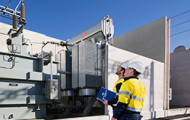 Power Transformers (≤550MVA)
Power Transformers (≤550MVA)
 Distribution Transformers (≤5,000kVA)
Distribution Transformers (≤5,000kVA)
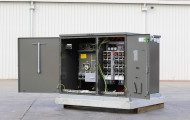 Compact MV Substations
Compact MV Substations
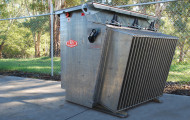 Special Applications
Special Applications
 Monitoring & Control Solutions
Monitoring & Control Solutions
 Service And Support Overview
Service And Support Overview
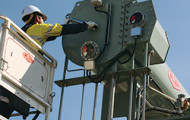 Site Installation and Testing
Site Installation and Testing
 Transformer Assessment
Transformer Assessment
 Upgrade, Repair and Refurbishment
Upgrade, Repair and Refurbishment
 Storage & Consignment
Storage & Consignment
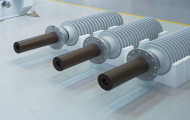 Spare Parts
Spare Parts
 Oil Sampling, Analysis & Diagnostics
Oil Sampling, Analysis & Diagnostics
 World Class Capabilities Overview
World Class Capabilities Overview
 Design
Design
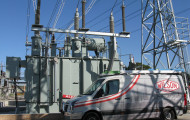 Services and Support
Services and Support
 Standards & Compliance
Standards & Compliance
 Supply Chain Management
Supply Chain Management
 Generation
Generation
 Transmission
Transmission
 Distribution
Distribution
 Infrastructure
Infrastructure
 Industrial
Industrial
 Oil & Gas
Oil & Gas
 Mining
Mining

